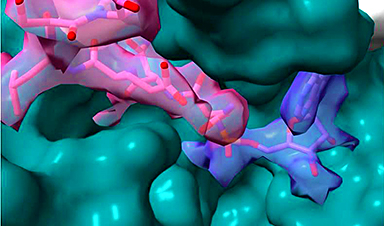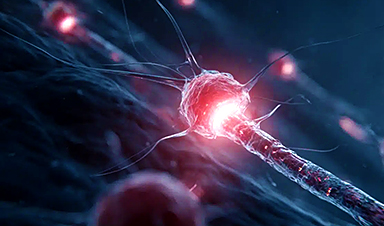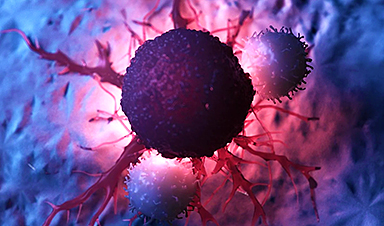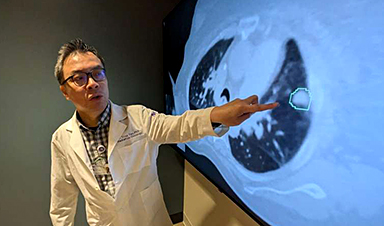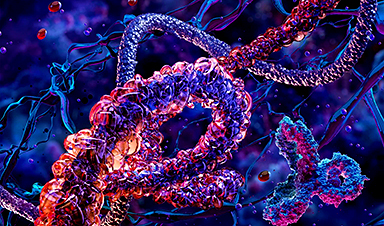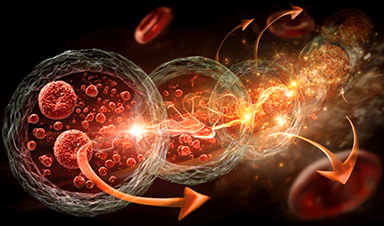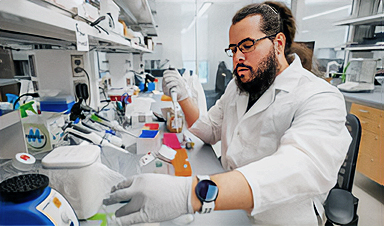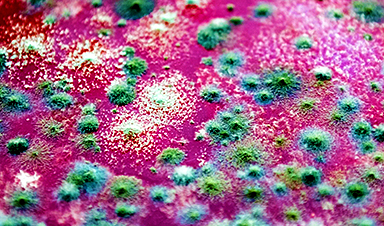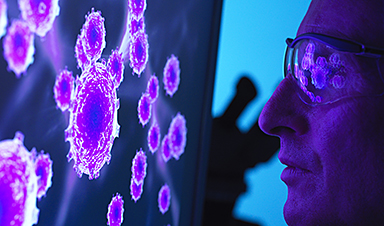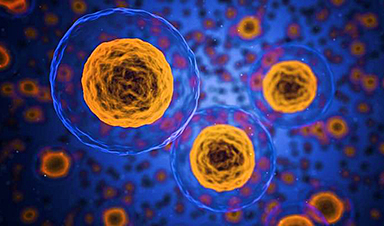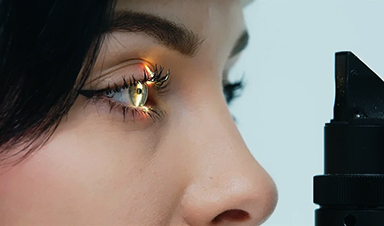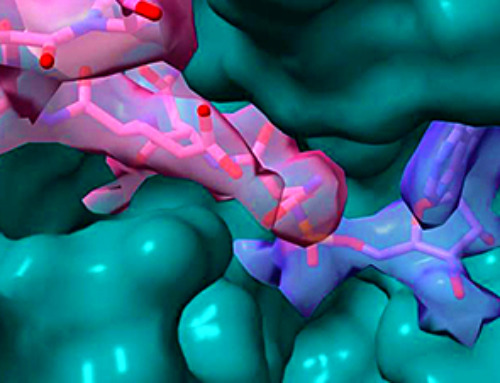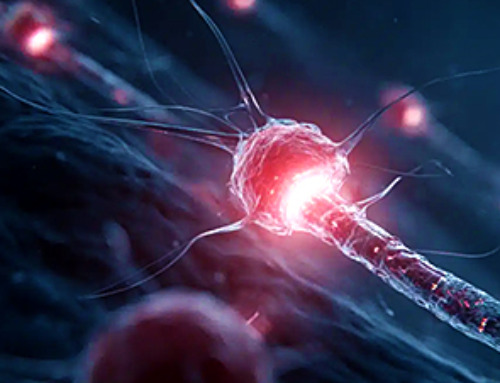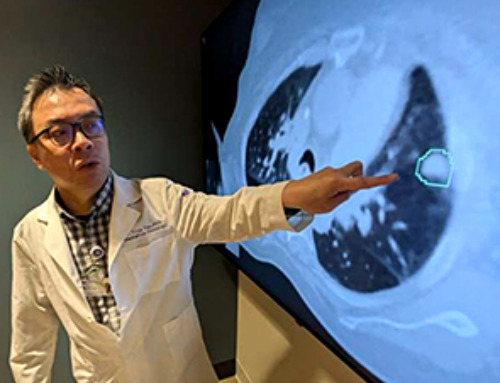Antibacterial resistance occurs when antibiotics fail to treat bacterial infections. This incidence is considered one of the top global health threats, stemming from the misuse or overuse of antibiotics in humans and animals.1
The global impact of antibacterial resistance
Bacterial infections are common and can impact various organs and tissues in the human body.² Clinicians typically prescribe antibiotics to treat these infections; however, many bacteria have developed resistance to these treatments, including those considered the “last line of defense,” such as vancomycin and polymyxin. The prevalence of multi-drug-resistant (MDR) bacteria is well-documented.
In 2015, the World Health Organization initiated the Global Antimicrobial Resistance and Use Surveillance System (GLASS) to monitor antimicrobial resistance globally.³ The 2022 GLASS data showed a significant rise in antibiotic resistance, reducing the effectiveness of commonly used antibiotics against widespread bacterial infections.
Methicillin-resistant Staphylococcus aureus (MRSA) and third-generation cephalosporin-resistant Escherichia coli (E. coli) have been reported in 76 countries. In 2020, one in five individuals was diagnosed with urinary tract infections caused by E. coli, which showed reduced responsiveness to commonly prescribed antibiotics, including ampicillin, fluoroquinolones, and co-trimoxazole. Additionally, Klebsiella pneumoniae, an intestinal bacterium, exhibited increased antibiotic resistance.³
The Organization for Economic Cooperation and Development (OECD) projects a twofold increase in resistance to last-resort antibiotics by 2035. These findings emphasize the urgent need for innovative strategies to combat antibacterial resistance and underscore the importance of expanding global surveillance efforts.
Drug-design strategies to overcome antibacterial resistance
Most currently available antibiotics are derived from discoveries made before 2010. Given the increasing antibacterial resistance to many common antibiotics, there is an urgent need to develop new antibacterial agents that can effectively target a broad range of bacterial strains. Below are some of the key innovative drug-design strategies being explored to address bacterial resistance.
Antimicrobial Peptides (AMPs)
A range of AMPs have been designed to combat bacterial resistance.⁴ For instance, the antibiofilm peptide SAAP-148, derived from the parent peptide LL-37, has shown high efficacy against MDR pathogens.⁵ Proline-rich AMPs (PrAMPs), with multiple intracellular targets and low toxicity, are promising candidates, especially for eliminating Gram-negative pathogens. Commercially available peptide antimicrobials, such as polymyxin and short bacillus peptide, are currently used for therapeutic purposes.
Adjuvants
Efflux pump inhibitors (EPIs) and enzymatic inhibitors are commonly used as adjuvants to enhance antibiotic efficacy.⁶ For example, β-lactamase inhibitors are combined with β-lactam antibiotics to prevent the hydrolysis of the antibiotic’s lactam ring, preserving its structural integrity and antibacterial effectiveness.
Efflux pumps contribute significantly to both intrinsic and acquired bacterial resistance.⁷ Current research focuses on identifying and inhibiting EPIs to restore the potency of existing antibiotics. For instance, NorA, a chromosomally encoded multidrug efflux pump in MRSA, can be inhibited with synthetic antigen-binding fragments (Fabs).⁸
Nanomaterials
Metal-based nanomaterials, including zinc, silver, and gold, are utilized for bacterial infection detection and treatment. The antibacterial properties of these nanomaterials depend on their shape, size, and composition. Silver nanoparticles are widely used in biosensing, drug delivery, and antimicrobial wound dressings. Recent research highlights the effectiveness of gold nanoparticles against antibiotic-resistant bacteria.⁹
Cationic polymers, such as chitosan, polyquaternary ammonium salts (PQASs), and polyethyleneimine (PEI), possess intrinsic antibacterial properties.¹⁰ These positively charged materials interact with negatively charged bacterial surfaces, damaging bacterial cell walls or membranes and leading to bacterial cell death.
Phytochemicals
Plants produce secondary metabolites with antibacterial properties, such as phenols, coumarin alkaloids, and organosulfur compounds found in seeds, roots, leaves, stems, flowers, and fruits.¹¹ These compounds are promising candidates for addressing antibacterial resistance.
Plant extracts and essential oils are under study for their potential to modify bacterial antibiotic resistance. Mechanistically, secondary metabolites inhibit efflux pumps, biofilm synthesis, bacterial cell wall synthesis, and bacterial physiology, modulating antibiotic susceptibility. Studies show that alkaloids and phenolic compounds can inhibit the efflux pumps in Staphylococcus aureus, E. coli, and MRSA.
RNA silencing
RNA silencing, a natural bacterial gene regulation mechanism, involves complementary cis and trans sequences that interact with regulatory regions on mRNA (antisense sequences). Synthetic antisense sequences can be designed to inhibit the translation of resistance-associated enzymes.¹²
CRISPR-Cas system
The CRISPR-Cas system (clustered regularly interspersed short palindromic repeats-associated protein) is an adaptive immune system in bacteria, protecting against viruses, phages, and foreign genetic material.¹³
As a genetic engineering tool, CRISPR-Cas can selectively target and modify bacterial genomes, potentially reducing or eliminating antibiotic resistance. This strategy shows promise in treating MDR infections.¹⁴
Phage therapy
Although phage therapy has been available for decades, its use declined with the advent of antibiotics. The recent rise in antibiotic resistance has reignited interest in phage therapy. For example, phage therapy successfully treated a cystic fibrosis patient infected with drug-resistant Mycobacteroides abscessus.¹⁵ Bacteriophages have also shown efficacy in treating elderly patients with S. aureus prosthetic joint infections.¹⁶
Drug delivery systems
Drug delivery systems (DDSs) increase antibiotic biodistribution and bioavailability. This strategy can effectively reduce antibiotic resistance and prolong novel antibiotics’ lifespan. Scientists adopted a “Trojan horse” strategy in designing and developing DDSs.
This strategy entails merging antibacterial agents with different carriers, such as exosomes, liposomes, erythrocytes, self-assembled peptides, and polymers. By targeting the unique microenvironment of infected tissue or via external guidance, DDSs enable drug release at the specific site.16
Future research outlook
The availability of various antibiotic types resulted in the development of complex mechanisms of resistance, particularly the emergence of MDR bacteria. To combat the situation, scientists are focused on uncovering the bactericidal mechanism of antibiotics and the mechanism of bacterial resistance.
The advancements in material science, nanotechnology, and gene editing tools have presented multiple opportunities for this strand of research. DDS technology has also exhibited immense potential in helping overcome bacterial resistance in the future.
References
- Mancuso G, et al. Bacterial Antibiotic Resistance: The Most Critical Pathogens. Pathogens. 2021;10(10):1310. doi: 10.3390/pathogens10101310.
- Doron S, Gorbach SL. Bacterial Infections: Overview. International Encyclopedia of Public Health. 2008:273–82. doi: 10.1016/B978-012373960-5.00596-7.
- Antimicrobial resistance. World Health Organization; https://www.who.int/news-room/fact-sheets/detail/antimicrobial-resistance. 2023; Assessed on October 5, 2024.
- Xuan J, et al. Antimicrobial peptides for combating drug-resistant bacterial infections. Drug Resistance Updates. 2023; 68, 100954. doi.org/10.1016/j.drup.2023.100954
- Shi J. et al. The antimicrobial peptide LI14 combats multidrug-resistant bacterial infections. Commun Biol. 2022;5, 926. doi.org/10.1038/s42003-022-03899-4
- El-Khoury C, et al. The role of adjuvants in overcoming antibacterial resistance due to enzymatic drug modification. RSC Med Chem. 2022;13(11):1276-1299. doi: 10.1039/d2md00263a.
- Gaurav A, et al. Role of bacterial efflux pumps in antibiotic resistance, virulence, and strategies to discover novel efflux pump inhibitors. Microbiology (Reading). 2023;169(5):001333. doi: 10.1099/mic.0.001333.
- Brawley DN, et al. Structural basis for inhibition of the drug efflux pump NorA from Staphylococcus aureus. Nat Chem Biol. 2022;18(7):706-712. doi: 10.1038/s41589-022-00994-9.
- Rizvi SMD, et al. Antibiotic-Loaded Gold Nanoparticles: A Nano-Arsenal against ESBL Producer-Resistant Pathogens. Pharmaceutics. 2023;15(2):430. doi: 10.3390/pharmaceutics15020430.
- Carmona-Ribeiro AM, de Melo Carrasco LD. Cationic antimicrobial polymers and their assemblies. Int J Mol Sci. 2013;14(5):9906-46. doi: 10.3390/ijms14059906.
- Ashraf MV, et al. Phytochemicals as Antimicrobials: Prospecting Himalayan Medicinal Plants as Source of Alternate Medicine to Combat Antimicrobial Resistance. Pharmaceuticals. 2023; 16(6):881. doi.org/10.3390/ph16060881
- Jani S, et al. Silencing Antibiotic Resistance with Antisense Oligonucleotides. Biomedicines. 2021;9(4):416. doi: 10.3390/biomedicines9040416.
- Xu Y, Li Z. CRISPR-Cas systems: Overview, innovations and applications in human disease research and gene therapy. Comput Struct Biotechnol J. 2020;18:2401-2415. doi: 10.1016/j.csbj.2020.08.031.
- Tao S, et al. The Application of the CRISPR-Cas System in Antibiotic Resistance. Infect Drug Resist. 2022;15:4155-4168. doi: 10.2147/IDR.S370869.
- Recchia D, et al. Mycobacterium abscessus Infections in Cystic Fibrosis Individuals: A Review on Therapeutic Options. Int J Mol Sci. 2023;24(5):4635. doi: 10.3390/ijms24054635.
- Yao J, et al. Recent Advances in Strategies to Combat Bacterial Drug Resistance: Antimicrobial Materials and Drug Delivery Systems. Pharmaceutics. 2023;15(4):1188. doi: 10.3390/pharmaceutics15041188.
News
Team finds flawed data in recent study relevant to coronavirus antiviral development
The COVID pandemic illustrated how urgently we need antiviral medications capable of treating coronavirus infections. To aid this effort, researchers quickly homed in on part of SARS-CoV-2's molecular structure known as the NiRAN domain—an [...]
Drug-Coated Neural Implants Reduce Immune Rejection
Summary: A new study shows that coating neural prosthetic implants with the anti-inflammatory drug dexamethasone helps reduce the body’s immune response and scar tissue formation. This strategy enhances the long-term performance and stability of electrodes [...]
Scientists discover cancer-fighting bacteria that ‘soak up’ forever chemicals in the body
A family of healthy bacteria may help 'soak up' toxic forever chemicals in the body, warding off their cancerous effects. Forever chemicals, also known as PFAS (per- and polyfluoroalkyl substances), are toxic chemicals that [...]
Johns Hopkins Researchers Uncover a New Way To Kill Cancer Cells
A new study reveals that blocking ribosomal RNA production rewires cancer cell behavior and could help treat genetically unstable tumors. Researchers at the Johns Hopkins Kimmel Cancer Center and the Department of Radiation Oncology and Molecular [...]
AI matches doctors in mapping lung tumors for radiation therapy
In radiation therapy, precision can save lives. Oncologists must carefully map the size and location of a tumor before delivering high-dose radiation to destroy cancer cells while sparing healthy tissue. But this process, called [...]
Scientists Finally “See” Key Protein That Controls Inflammation
Researchers used advanced microscopy to uncover important protein structures. For the first time, two important protein structures in the human body are being visualized, thanks in part to cutting-edge technology at the University of [...]
AI tool detects 9 types of dementia from a single brain scan
Mayo Clinic researchers have developed a new artificial intelligence (AI) tool that helps clinicians identify brain activity patterns linked to nine types of dementia, including Alzheimer's disease, using a single, widely available scan—a transformative [...]
Is plastic packaging putting more than just food on your plate?
New research reveals that common food packaging and utensils can shed microscopic plastics into our food, prompting urgent calls for stricter testing and updated regulations to protect public health. Beyond microplastics: The analysis intentionally [...]
Aging Spreads Through the Bloodstream
Summary: New research reveals that aging isn’t just a local cellular process—it can spread throughout the body via the bloodstream. A redox-sensitive protein called ReHMGB1, secreted by senescent cells, was found to trigger aging features [...]
AI and nanomedicine find rare biomarkers for prostrate cancer and atherosclerosis
Imagine a stadium packed with 75,000 fans, all wearing green and white jerseys—except one person in a solid green shirt. Finding that person would be tough. That's how hard it is for scientists to [...]
Are Pesticides Breeding the Next Pandemic? Experts Warn of Fungal Superbugs
Fungicides used in agriculture have been linked to an increase in resistance to antifungal drugs in both humans and animals. Fungal infections are on the rise, and two UC Davis infectious disease experts, Dr. George Thompson [...]
Scientists Crack the 500-Million-Year-Old Code That Controls Your Immune System
A collaborative team from Penn Medicine and Penn Engineering has uncovered the mathematical principles behind a 500-million-year-old protein network that determines whether foreign materials are recognized as friend or foe. How does your body [...]
Team discovers how tiny parts of cells stay organized, new insights for blocking cancer growth
A team of international researchers led by scientists at City of Hope provides the most thorough account yet of an elusive target for cancer treatment. Published in Science Advances, the study suggests a complex signaling [...]
Nanomaterials in Ophthalmology: A Review
Eye diseases are becoming more common. In 2020, over 250 million people had mild vision problems, and 295 million experienced moderate to severe ocular conditions. In response, researchers are turning to nanotechnology and nanomaterials—tools that are transforming [...]
Natural Plant Extract Removes up to 90% of Microplastics From Water
Researchers found that natural polymers derived from okra and fenugreek are highly effective at removing microplastics from water. The same sticky substances that make okra slimy and give fenugreek its gel-like texture could help [...]
Instant coffee may damage your eyes, genetic study finds
A new genetic study shows that just one extra cup of instant coffee a day could significantly increase your risk of developing dry AMD, shedding fresh light on how our daily beverage choices may [...]

